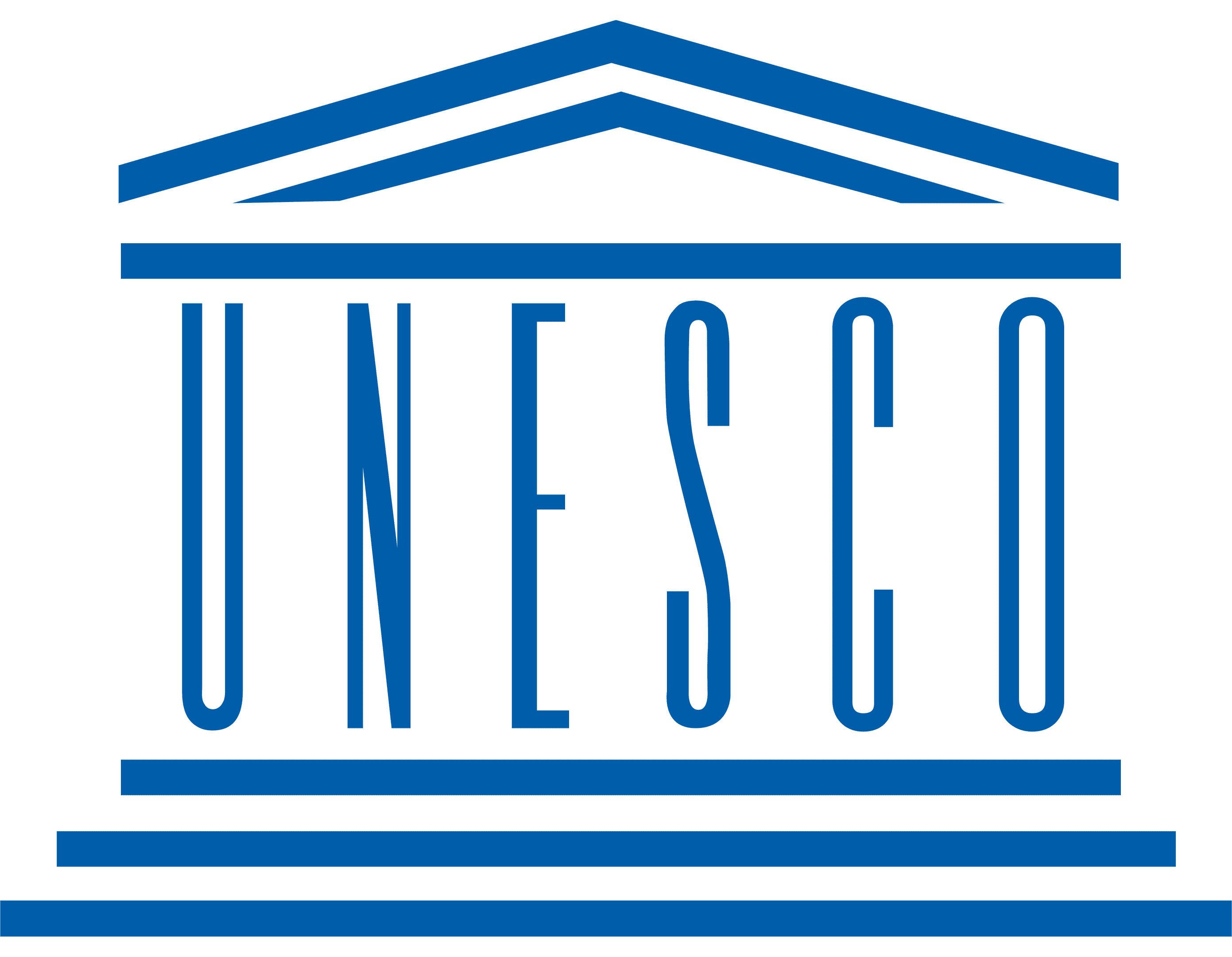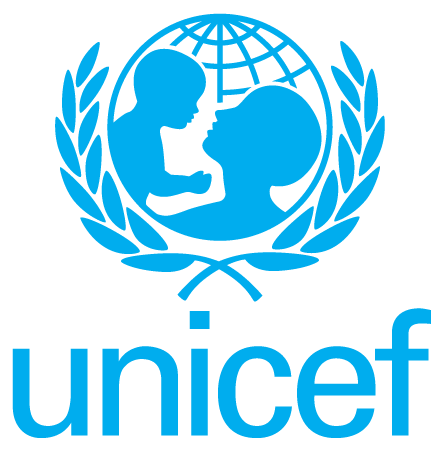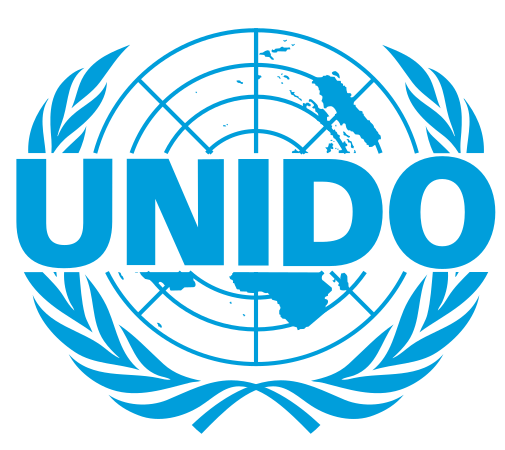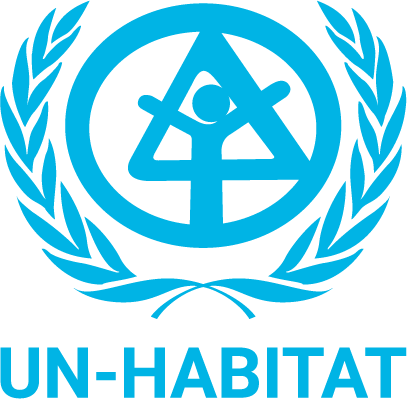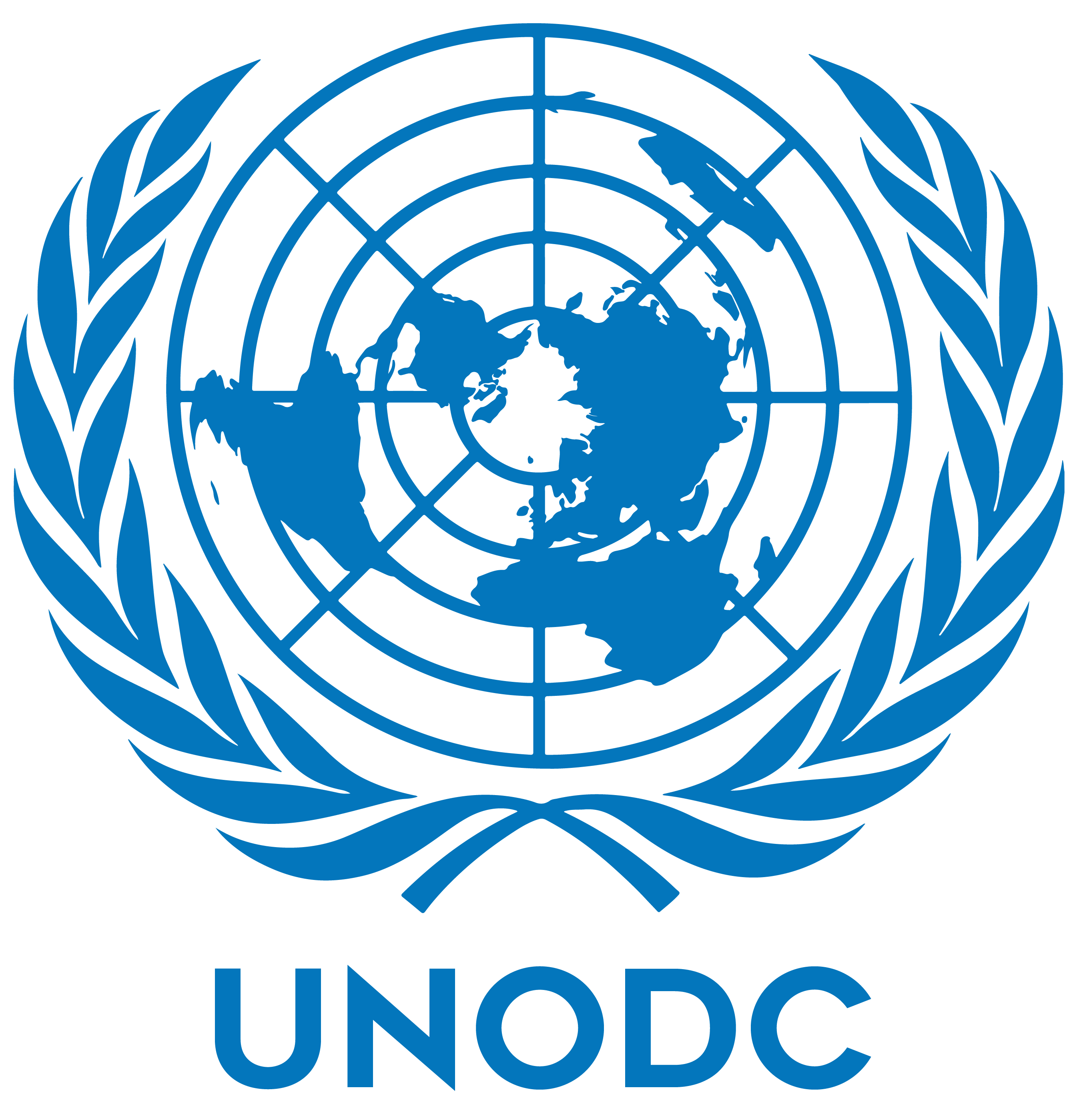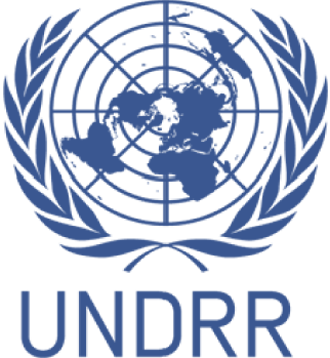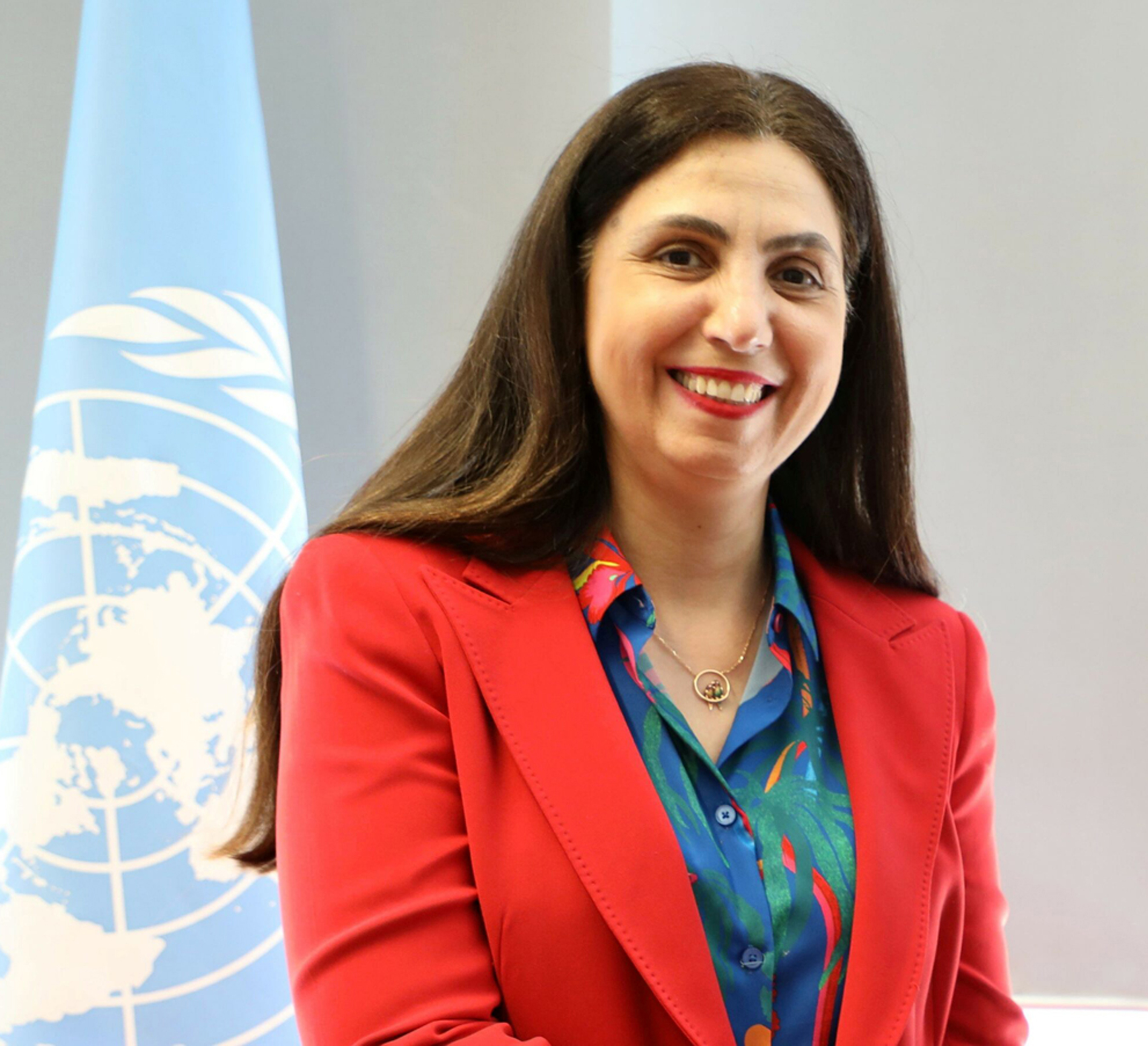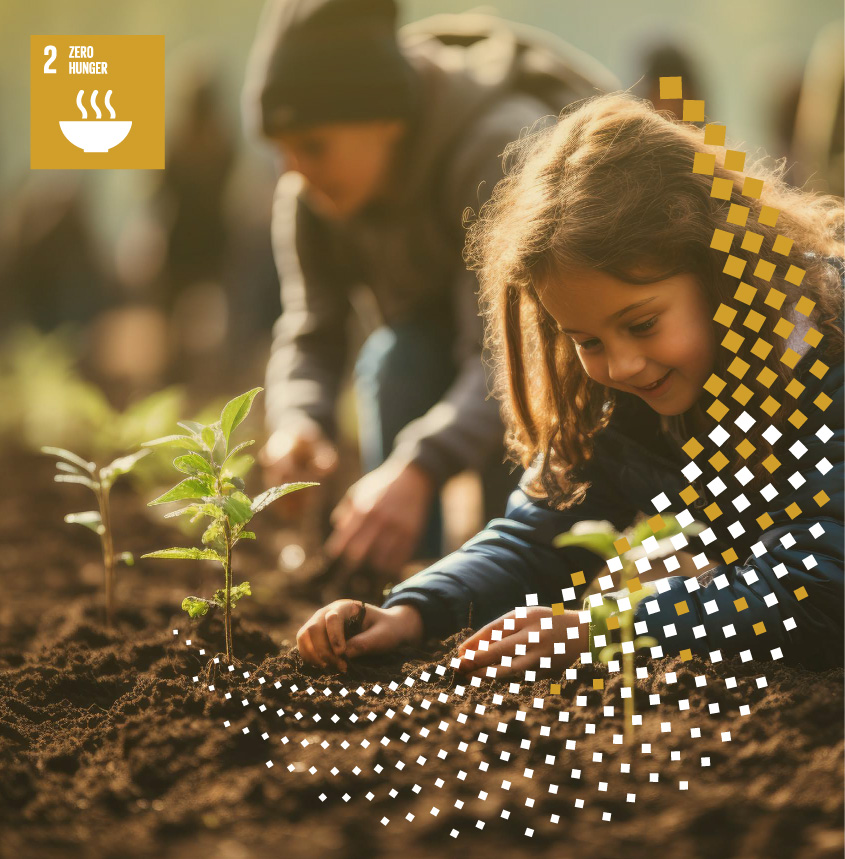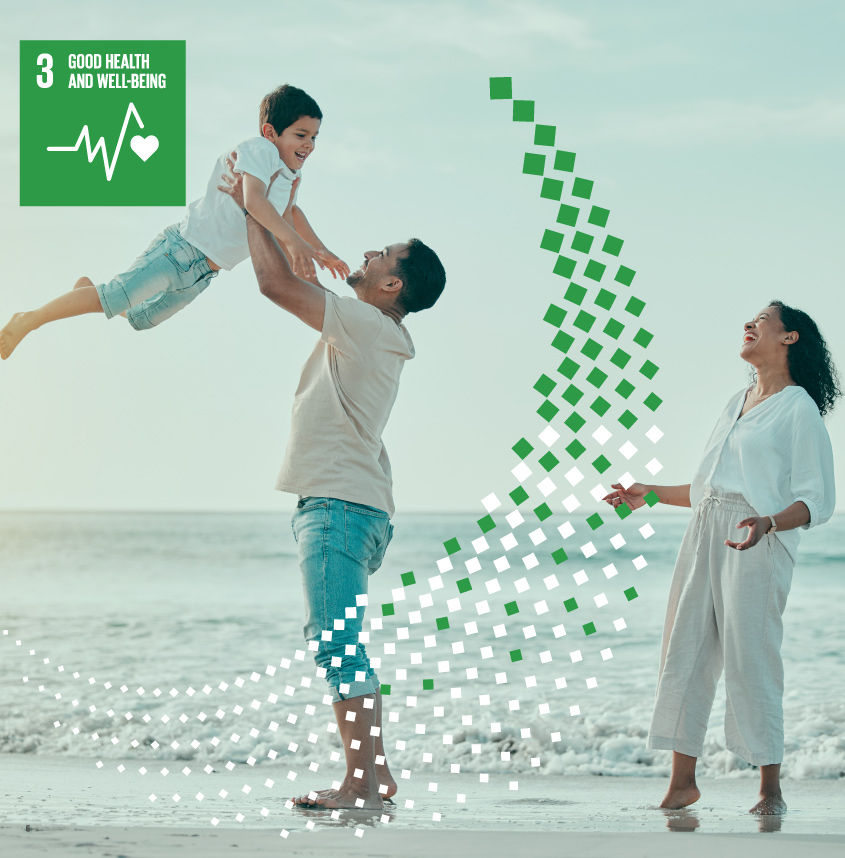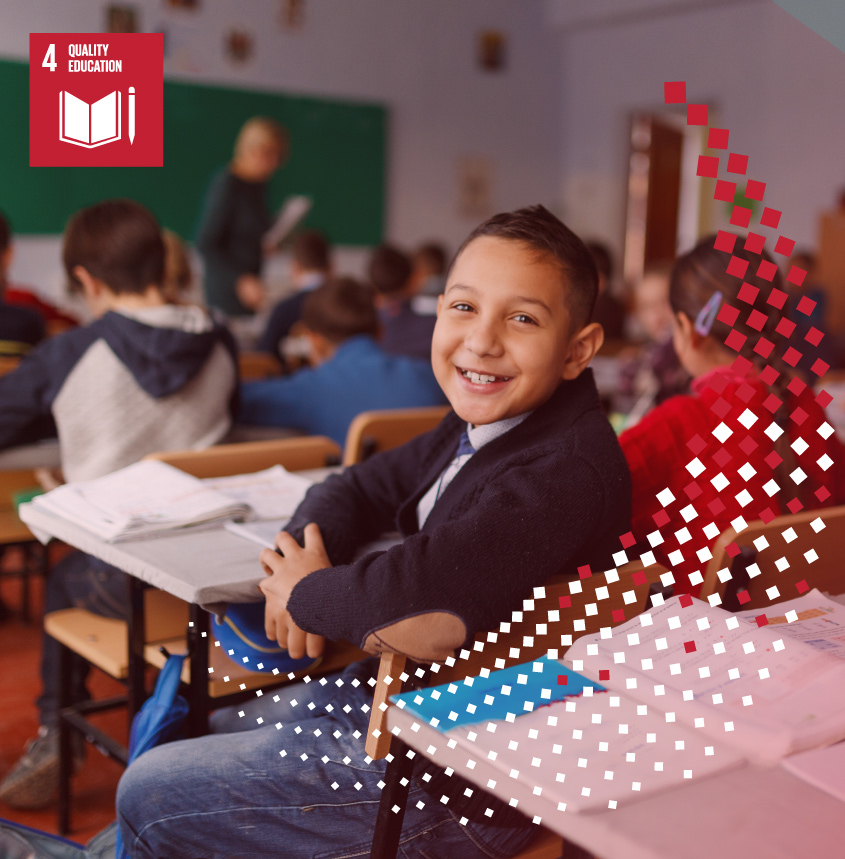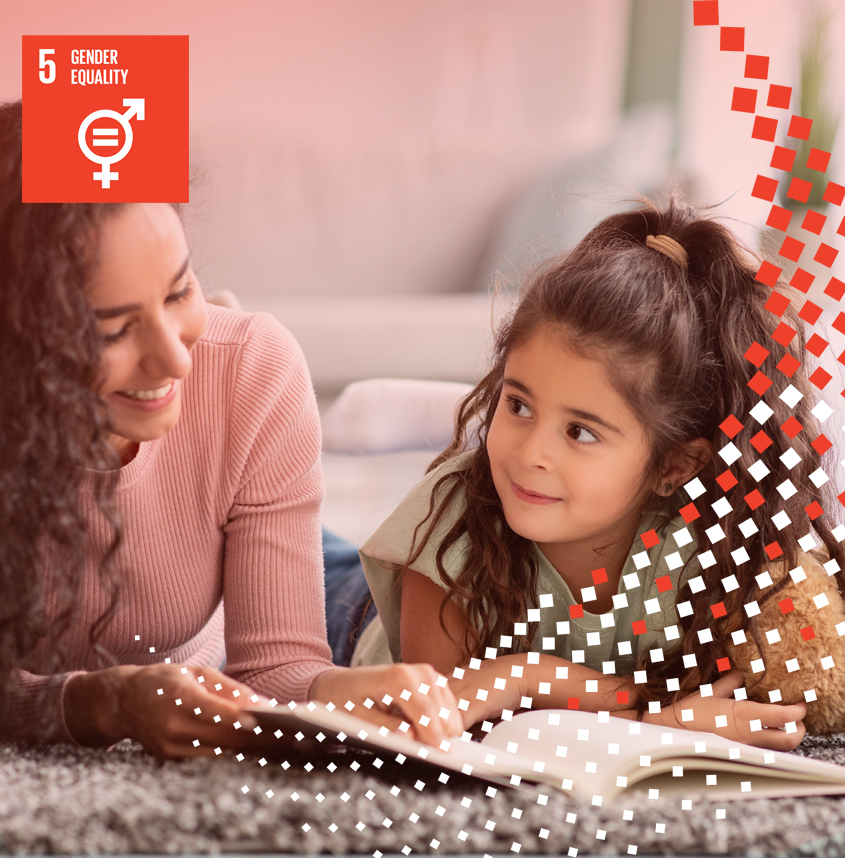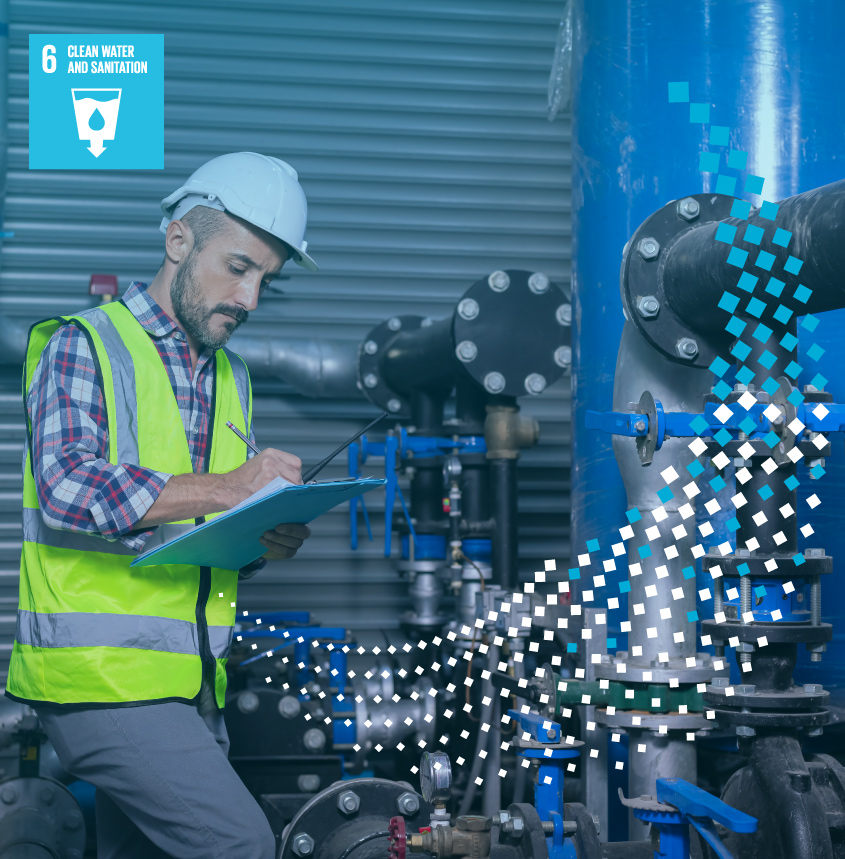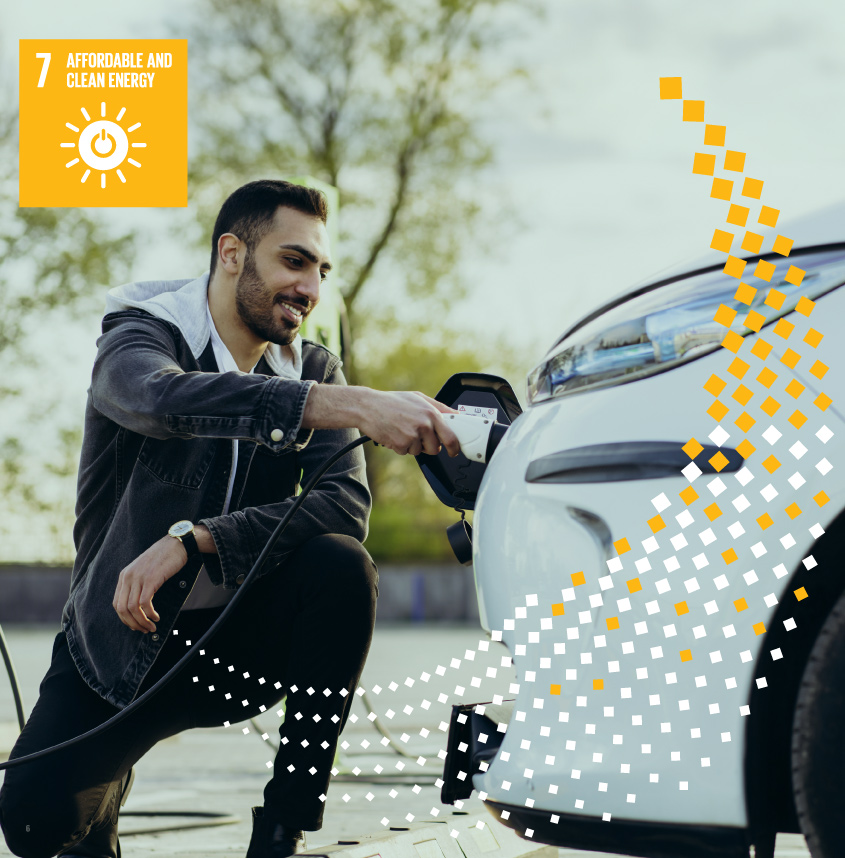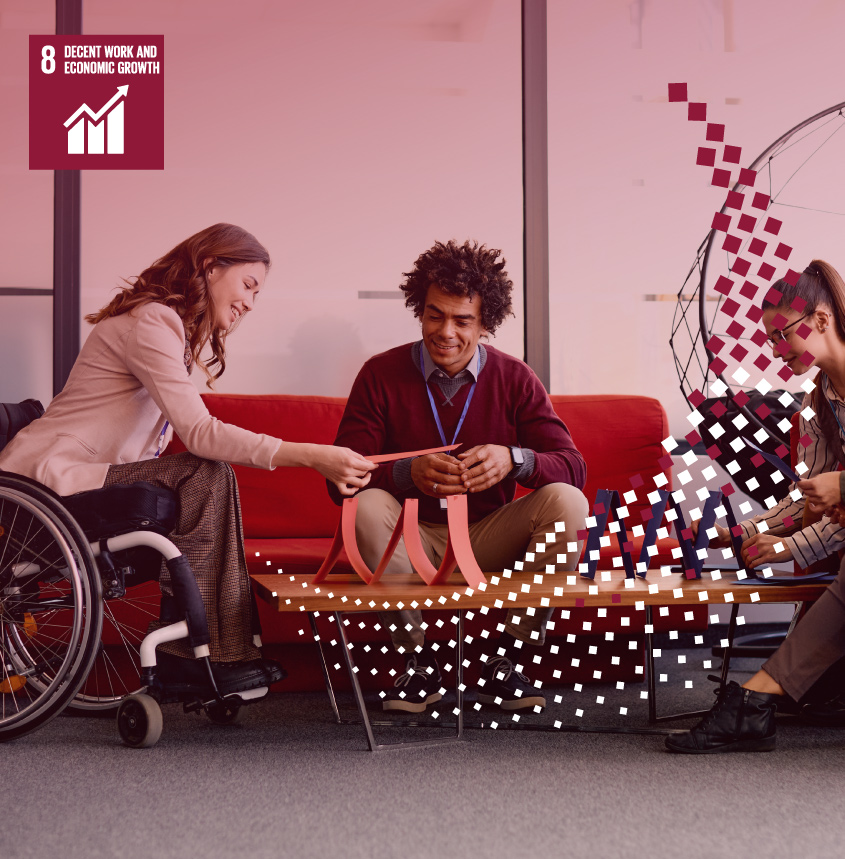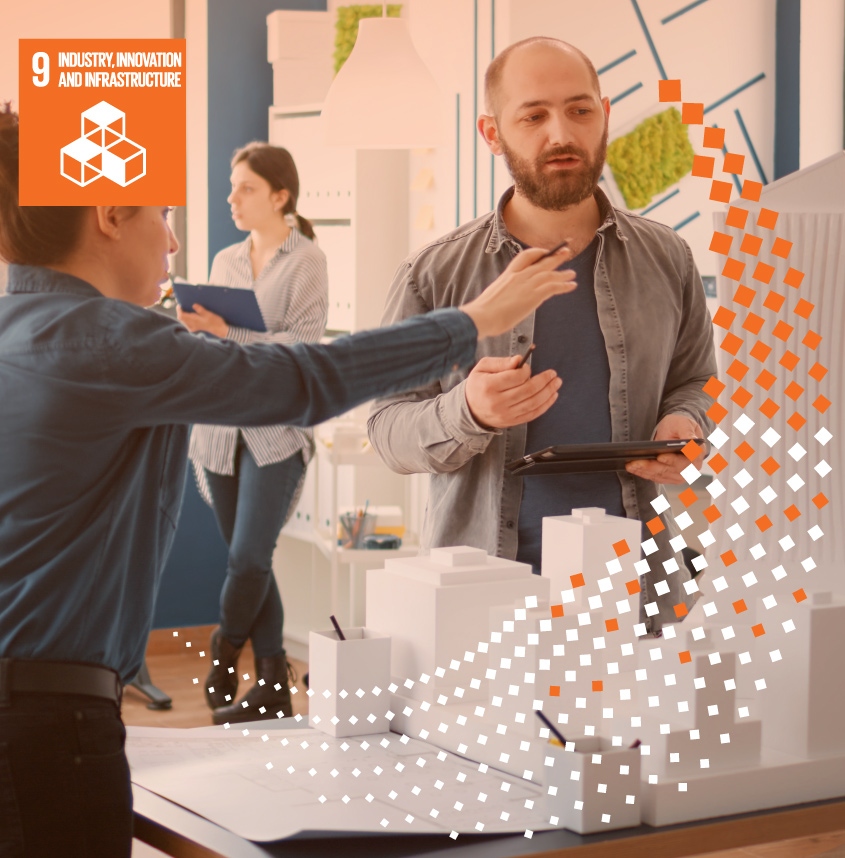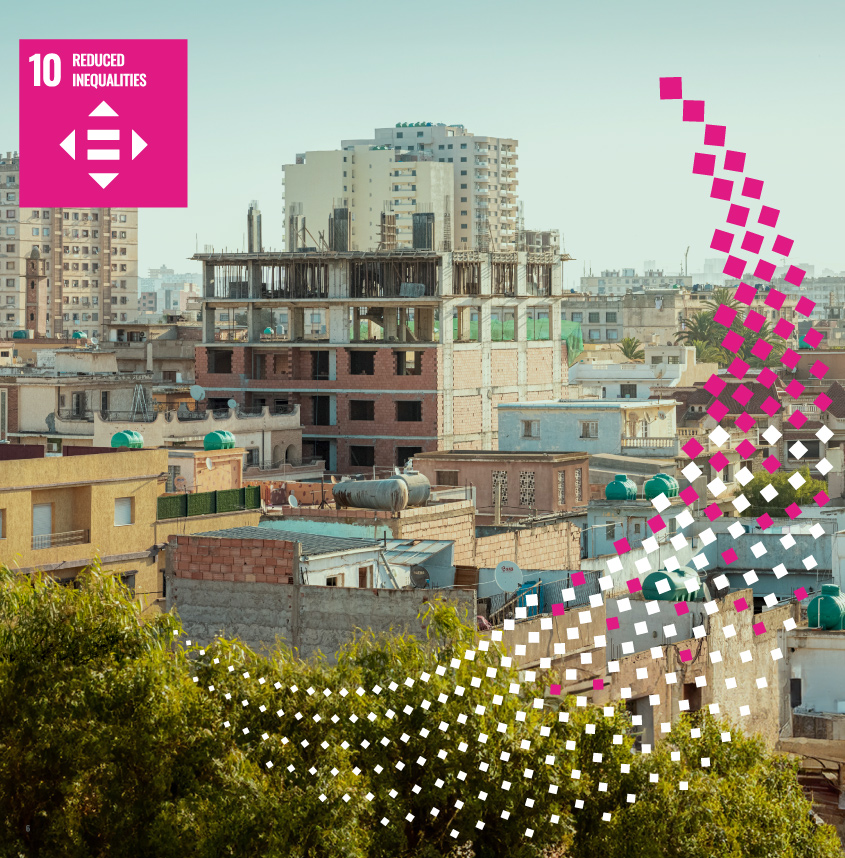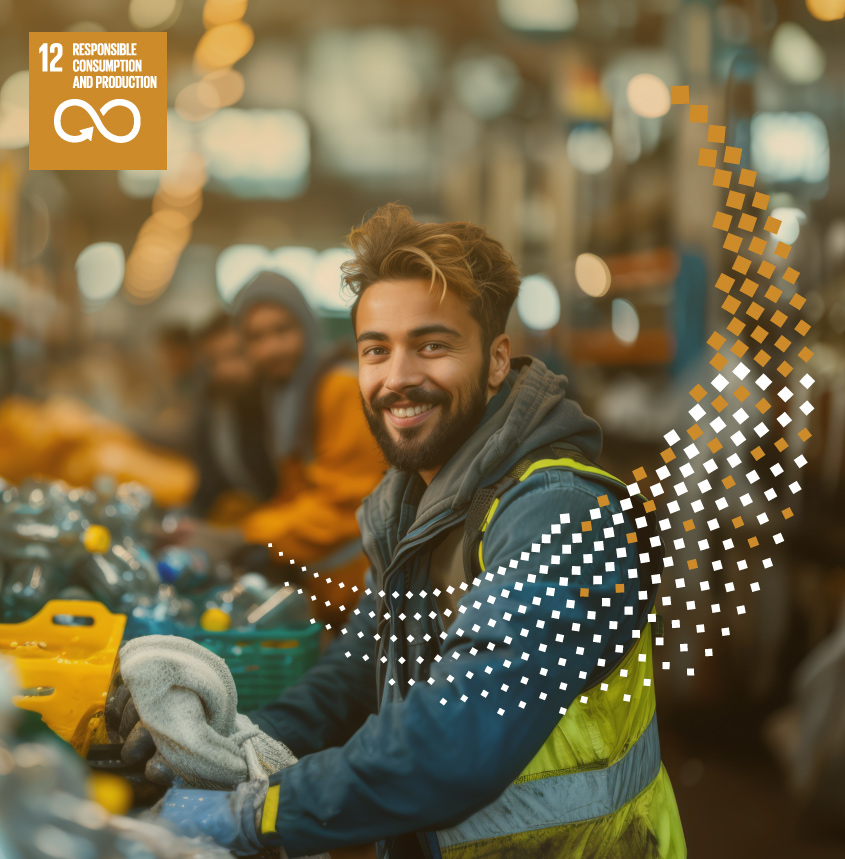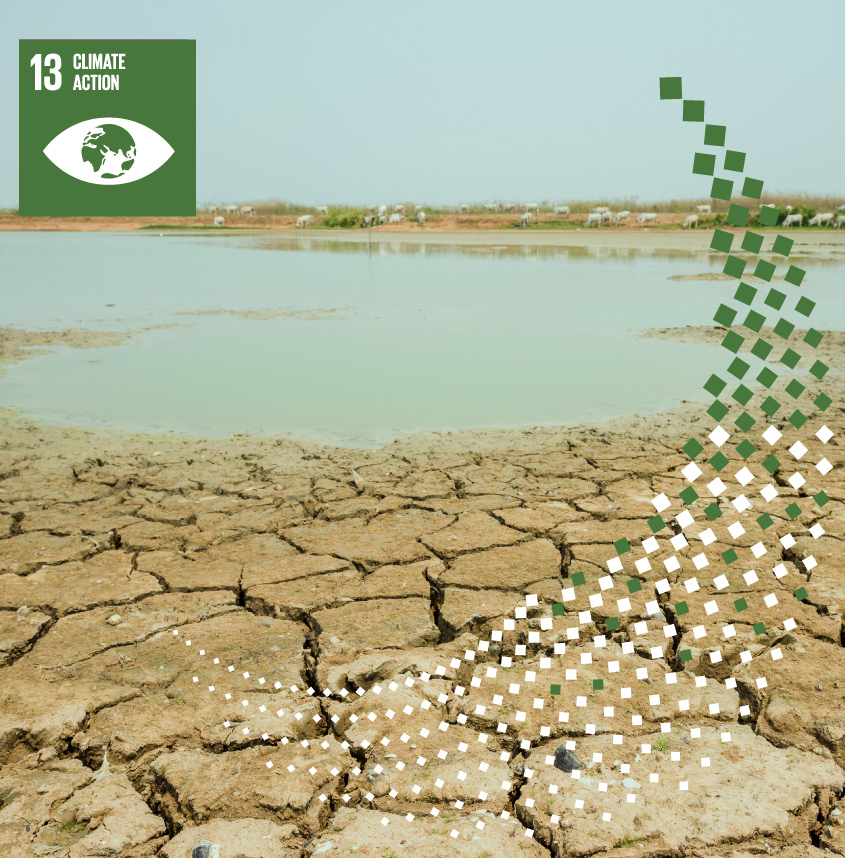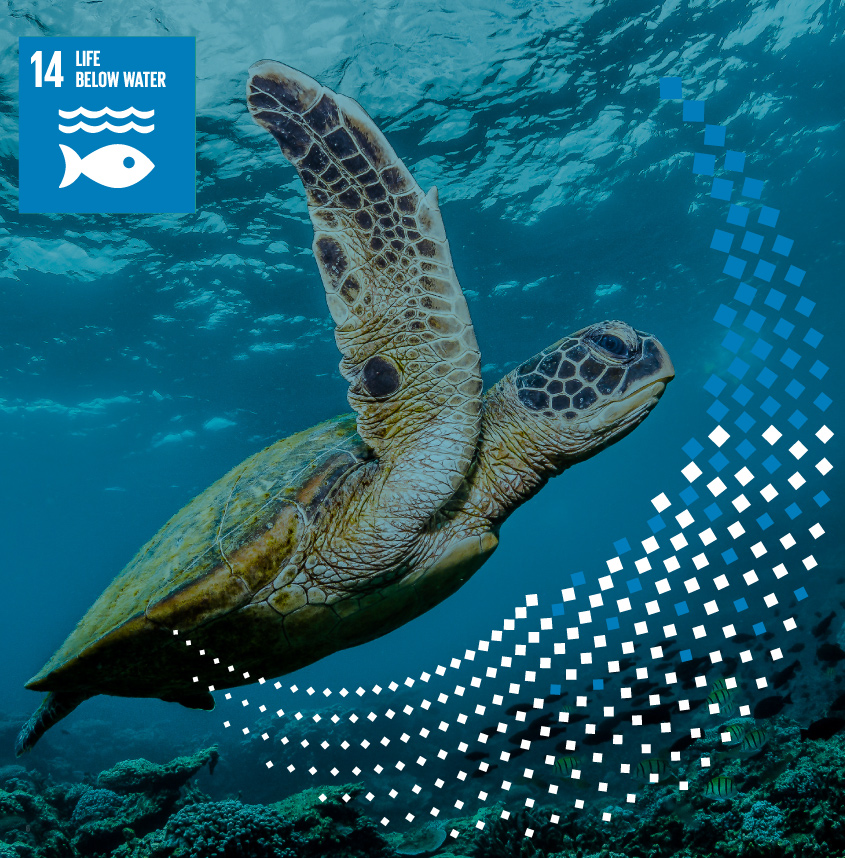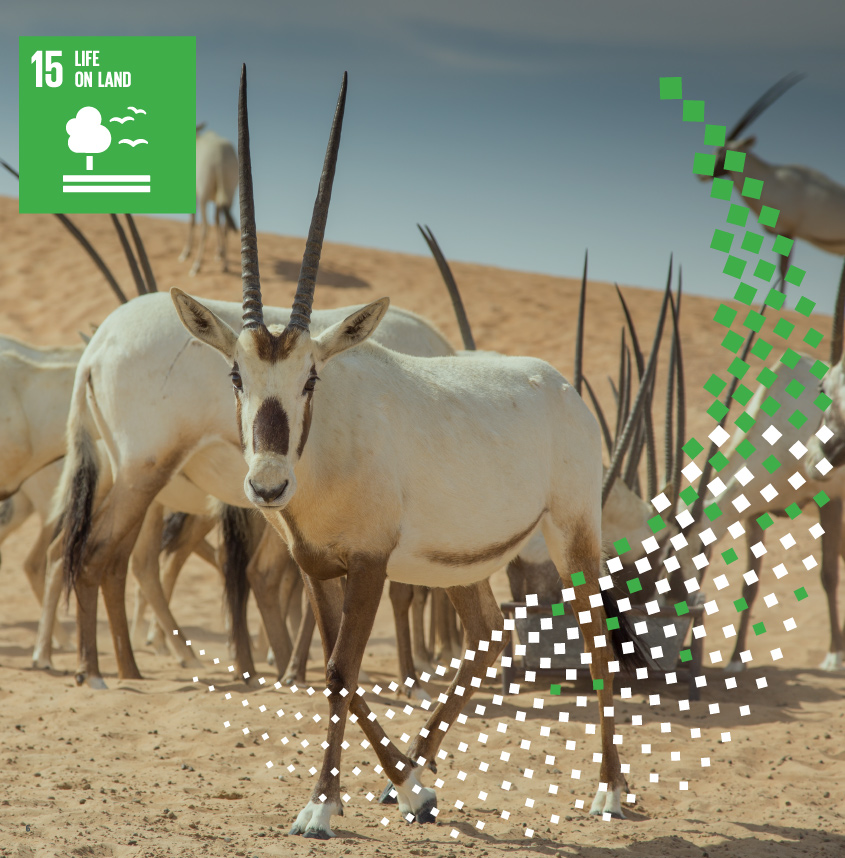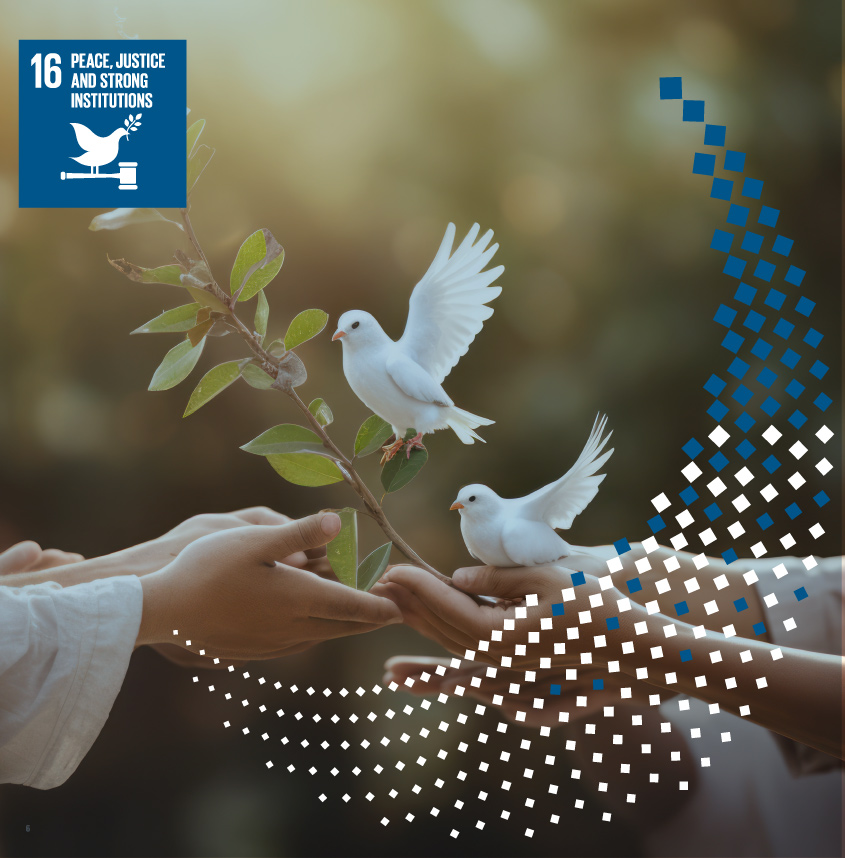SDG 1: End poverty in all its forms everywhere
The Arab region is not on track to eliminate poverty in all its forms by 2030. The number of poor and vulnerable people has grown over the last decade. Although rising poverty has been most pronounced in the least developed countries, political instability, conflict and economic crises have contributed to an increase across the region. Long-standing structural challenges in the region’s economies, poor performance in growth and job creation, high levels of inequality and insufficiently redistributive fiscal policies pose significant obstacles to realizing inclusive growth that leaves no one behind and makes lasting progress towards ending poverty.Addressing poverty is complex and deeply interlinked with progress on the 2030 Agenda for Sustainable Development as a whole. To sustainably end poverty, Arab countries must achieve inclusive economic growth characterized by decent employment opportunities for all (SDG 8). They must reverse accelerating trends towards wealth concentration that have made the region the most unequal in the world (SDG 10), break down gender barriers that contribute to the feminization of poverty (SDG 5), and ensure stable, inclusive institutional environments that enable peace and prosperity (SDG 16). Further, sustainable poverty reduction will require countries to address non-monetary contributors to poverty, including through reforms to ensure access to quality education (SDG 4), policies to promote food security and good health (SDGs 2 and 3) and investments to expand access to basic services, including clean water and sanitation (SDG 6), clean and affordable energy (SDG 7) and quality housing (SDG 11).
Recent crises have underscored the imperative of adopting far-sighted policies that address the needs of those left behind. Universal, robust, shock-responsive social protection systems must be established to alleviate and prevent poverty and ensure a dignified life for all.
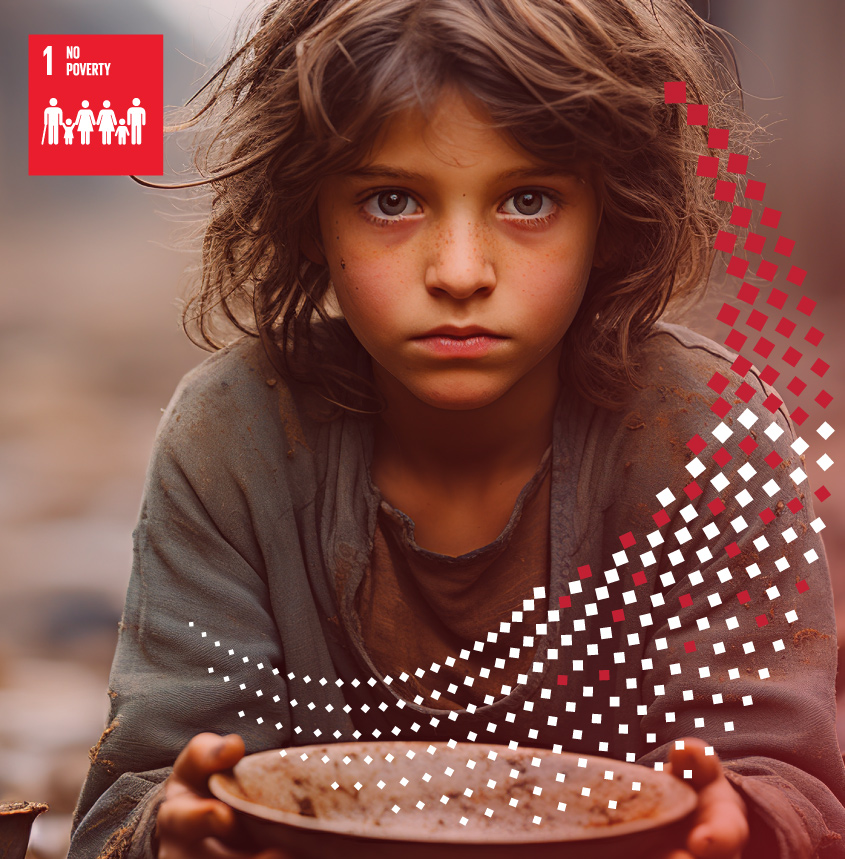
What the data say
On the road to 2030
- ■ Develop the capacity and transparency of data collection systems, including through an increased focus on disaggregation by sex, location, age, disability, migratory status and other relevant characteristics.
- ■ Adopt multidimensional poverty measurement and regularly collect data to ensure a holistic understanding of poverty and deprivation.
- ■ Increase the frequency of data collection to ensure the availability of real-time data to inform policy decisions.
- ■ Strengthen integrated policymaking to address factors contributing to multidimensional poverty, including deficiencies in access to quality education, health coverage, water and sanitation, and quality housing, prioritizing the needs of those most left behind.
- ■ Implement measures to tackle inequality, including through redistributive fiscal policies to share the benefits of growth, and macroeconomic policies that favour decent job creation.




